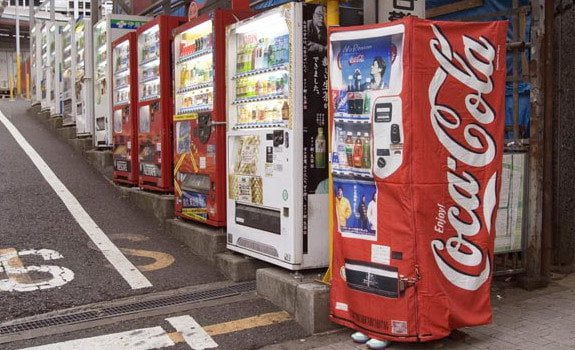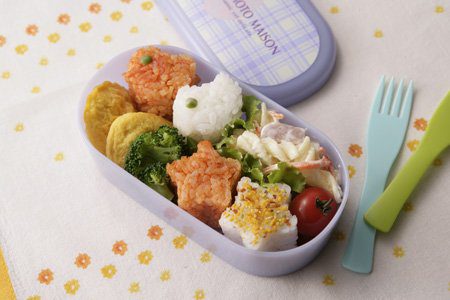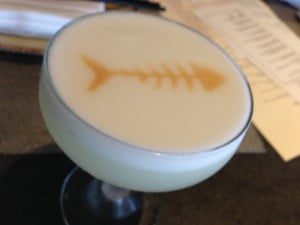During the year I spent in Japan as an exchange student, I often looked at things and thought “well, this is smaller and prettier, but more expensive.” As time passed, my emphasis kept switching from one point to the other!
I went to Japan as a student 10 years ago, when many things were different. Hungary didn’t have either Skype or Facebook. There was no high-speed Internet on our phones. Only WAP was accessible, our phones couldn’t take pictures, and most of all, there was no Instagram. So I had to carry a big and heavy camera, at least when compared to today’s equipment. I saw loads of interesting things, but there was no way I could pull out a phone, snap pictures of them and upload them onto Instagram so that my parents and friends could see what I was up to. It’s almost strange to be able to follow today’s exchange students in real time, when compared to my experience.
I got taken a bit off track with that introduction, but I did want to underline how different technology was ten years ago.
During the first part of my student year, the price differences were what I really noticed most of all. I mentally exchanged the yen prices of everything into forints before deciding whether to buy something. And everywhere I went, I’d come across vending machines: selling soft drinks, alcohol, and cigarettes. Anything could be bought from a vending machine for half as much again or twice what I’d pay at home. After a few weeks or months I got used to the prices and stopped comparing them. Instead, I started comparing local products to see which was a better buy.
As soon as I got past my first surprise, I had to face the second one. Not only was everything more expensive, but everything was much smaller, too. I was floored when I first noticed that! The next picture might be a bit of an exaggeration, but there really are such tiny and cute (kawaii) bites of food that the Japanese just adore.
The small portions didn’t bother me. I was never a big eater. I only went into a Japanese McDonald’s once or twice and while something seemed off scale, I couldn’t immediately figure out what it was. A good deal later I realized that the paper cups were much smaller.
Coffee in Japan is sold in smaller containers. The container on the left is an American small sized one and the one on the right is a Japanese medium sized one. In other words, the American “small” is bigger than the Japanese “medium.”
The above photo shows the Japanese Small, Medium, and Large, going from left to right. On the far right is an American standard Large. Interestingly enough, the Japanese are not bothered by the small sizes. They consider them normal, since they grew up with these sizes. They like small portions that are compact and easy to consume.
As my year in Japan progressed, towards the end I began to notice the beauty in the Japanese products. Even the tiniest pastries were prepared with extreme care. In Hungary that type of careful preparation only goes into premium quality products, while in Japan it is the minimum level expected. The Japanese vow that the eyes need to be satisfied along with the mouth. And this is why they work so hard to make all foods look cute or lovable (kawaii).
The above sandwich is a good illustration of how important the appearance of a food item is. Even the packaging suggests that that the sandwich was prepared with care, and that all ingredients are high-quality. And in contrast with Hungarian trends, the meat and veggies are not merely located in a thin layer along the edge of the sandwich, but go through the entire sandwich and the layers are anything but thin. The goal is to serve the customer, not to mislead him or her. A satisfied customer will come back and shop there again. It would be nice if more places in Hungary that serve food would realize this.
Most Japanese bring their own boxed lunches from home. This is the well-known obento. The obento always has a serving of rice and a number of other foods as well. Japanese mothers prove their unbelievable creativity and patience with the obentos, which in themselves are works of art. A special effort is made to make really cute obentos for girls. At lunchtime we always checked out the obentos the girls brought because they were so pretty.
By the end of the year I had completely transformed the sentence I used to describe things, which suggests that my whole way of thinking had changed. I found myself describing things as “small and lovely, and – of course – a bit more expensive.”
It is worth paying attention to how a beverage is decorated.
The sources of images, in order of appearance:
http://blog.livedoor.jp; https://locari.jp; http://item.rakuten.co.jp; http://meiroom.blog32.fc2.com;
http://firstfood.jp.net







